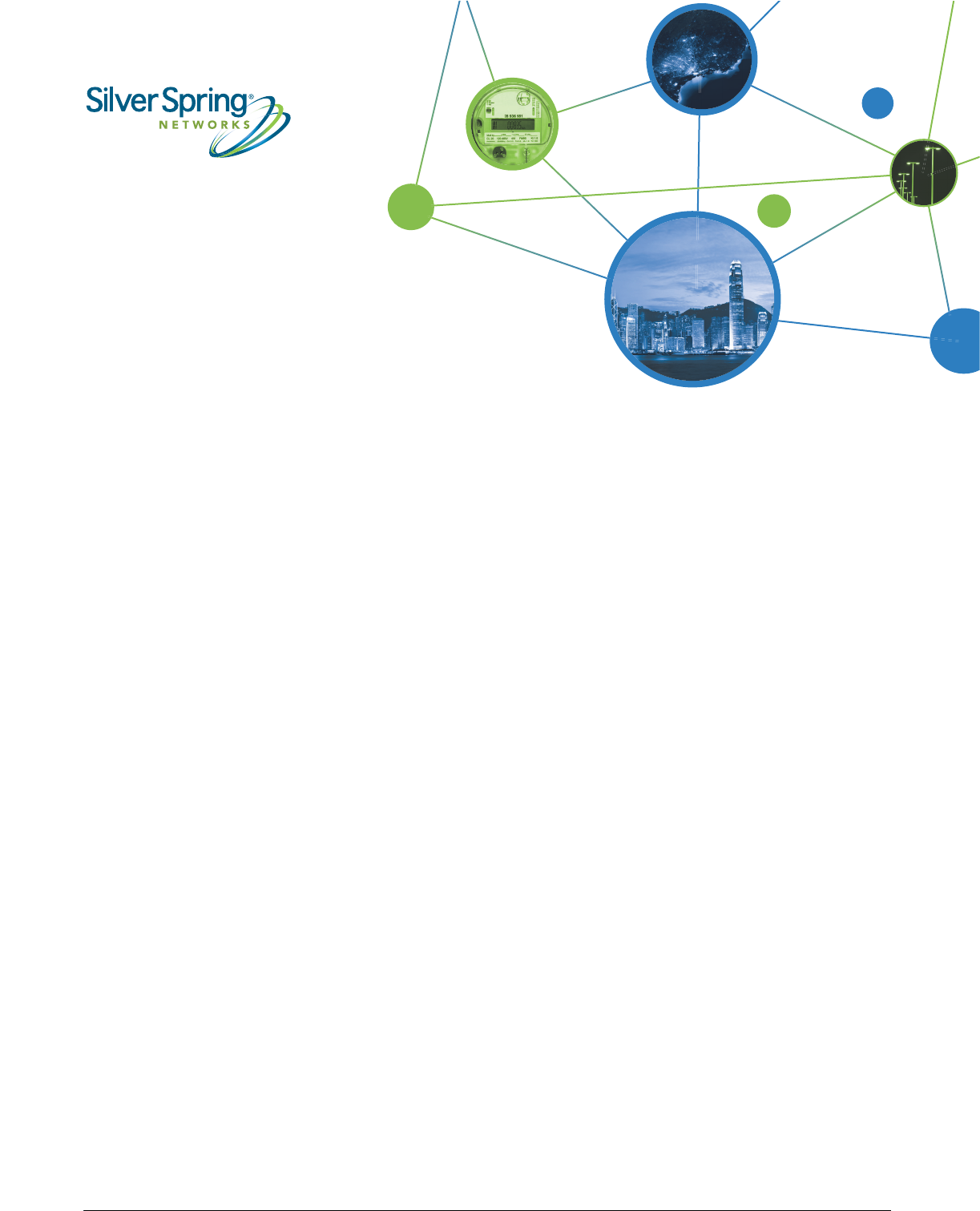Itron NIC541 Network Relay Point (NRP) NIC User Manual
Silver Spring Networks Network Relay Point (NRP) NIC
Itron >
User Manual

Confidential Information of Silver Spring Networks®, Inc., provided under nondisclosure obligations.
Copyright © 2015 Silver Spring Networks, Inc. All rights reserved.
The following are registered trademarks of Silver Spring Networks, Inc: the Silver Spring Networks name and logo, Altogether Brilliant®,
Connect to the Energy Network®, CustomerIQ®, GreenBox®, GridScape®, Micromesh®, Power Over Energy®, Silver Spring®, Silver Spring
Networks (and design)®, UtilityIQ®, UtilOS®.
The following are trademarks of Silver Spring Networks, Inc: Connect to The Everything Network™, EnergyIQ™, Gen™, GreenIQ™,
MicroAP™, Milli™, NetworkIQ™, OPSIQ™, Rings Logo™, SensorIQ™, SilverLink™, Streetlight.Vision™, The Internet of Important Things™.
All other company and product names are used for identification purposes only and may be registered trademarks, trademarks, or service
marks of their respective owners.
Please consider the environment before printing this document.
Network Relay Point (NRP) NIC 540 Labeling Product Requirements 17 December 2015 Silver Spring Networks 2
Network Relay Point (NRP) NIC 540 Labeling Product Requirements
Customer Support
Telephone Hours Email
Toll free within the US and Canada:
1-888-SSN-9876
(1-888-776-9876)
Non-toll-free: 1-650-839-4298
5:00 AM - 6:00 PM
US Pacific Time
support@silverspringnet.com
In Australia:
1300 706 769
9:00 AM - 9:00 PM
Australia Eastern Time
aus-support@silverspringnet.com
Contact us on the Web: http://www.silverspringnet.com/services/customer-support/
Contact us. Email techpubs@silverspringnet.com with suggestions or corrections for this or any document.
DRAFT
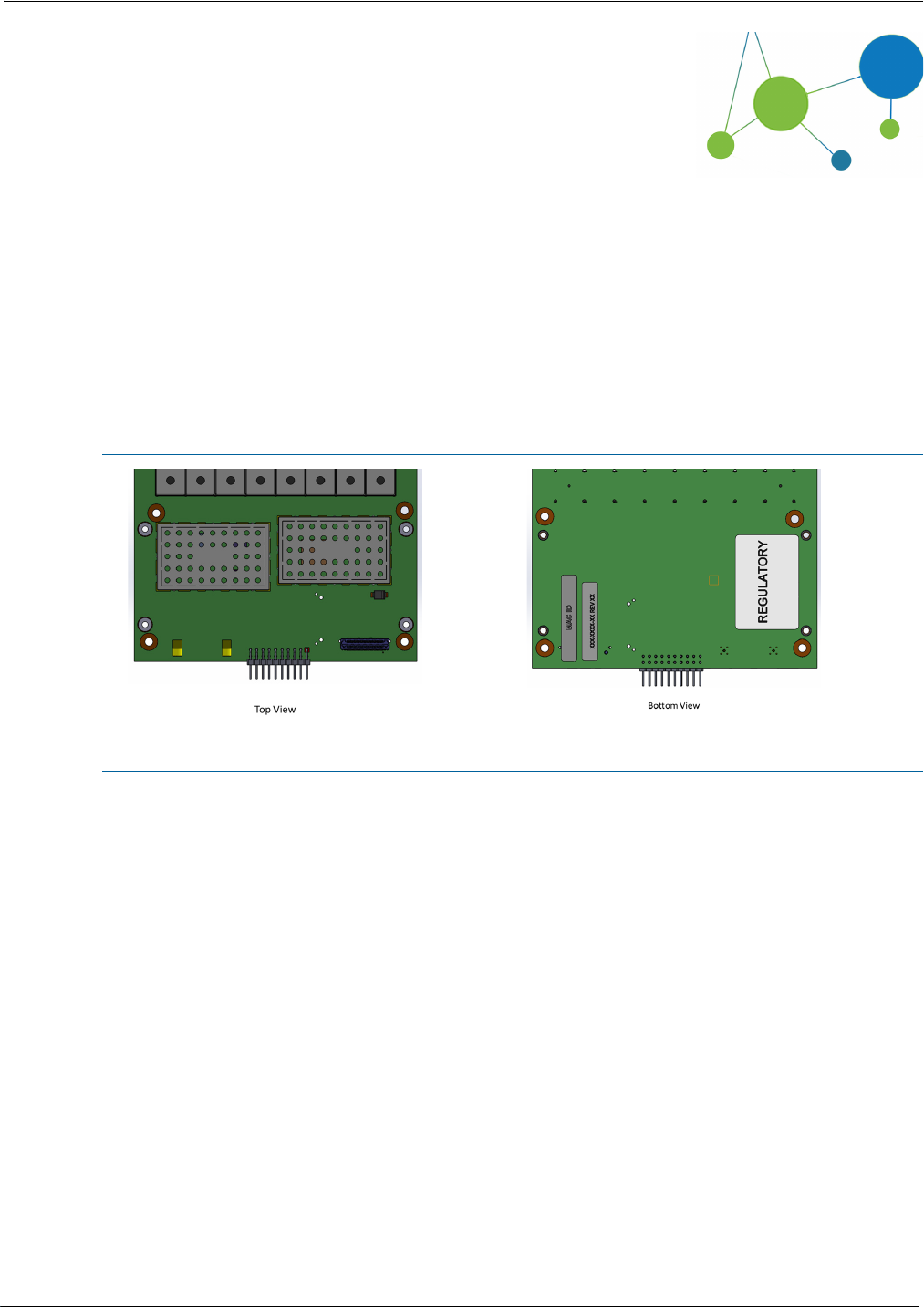
Network Relay Point (NRP) NIC 540 Labeling Product Requirements 17 December 2015 Silver Spring Networks 7
Network Relay Point (NRP) NIC 540 Labeling Product Requirements 2 About the Silver Spring Networks Network Relay Point (NRP) NIC
DRAFT
2About the Silver Spring Networks
Network Relay Point (NRP) NIC
The Silver Spring Networks Network Relay Point (NRP) NIC 540 is a network interface card
(NIC) that enables machine-to-machine communication over 900 MHz and 2.4 GHz ISM
bands.
References
Guidelines for 64-bit Global Identifier (EUI-64™) Registration Authority, IEEE Standards
Association.
Figure 1. Silver Spring Network Relay Point (NRP) NIC540
Top v i e w Bottom view
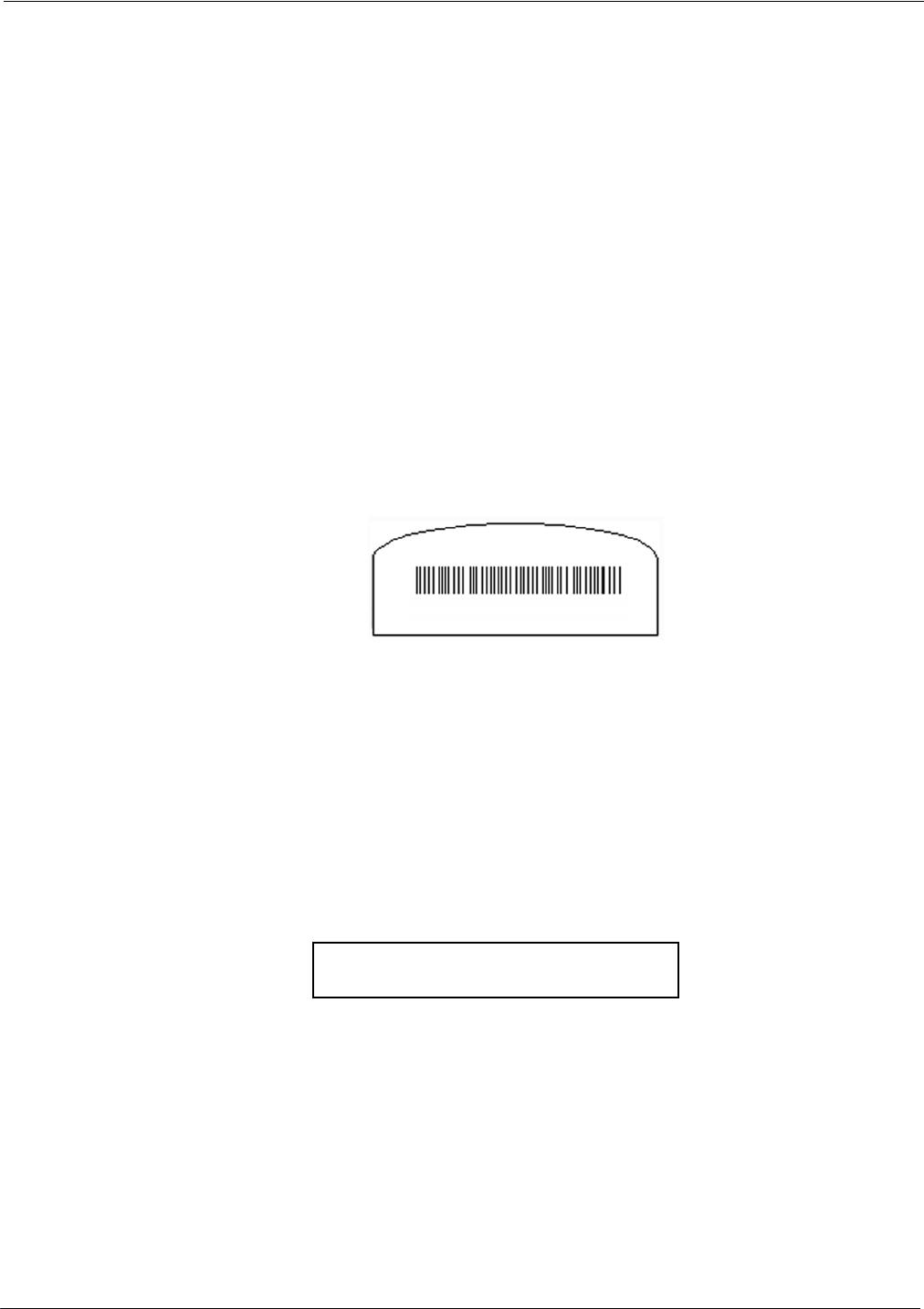
Network Relay Point (NRP) NIC 540 Labeling Product Requirements 17 December 2015 Silver Spring Networks 8
Network Relay Point (NRP) NIC 540 Labeling Product Requirements 2 About the Silver Spring Networks Network Relay Point (NRP) NIC
DRAFT
NIC Address Labeling
For radio identification, the street light equipment shall have an auxiliary label containing
the Silver Spring Networks NIC address presented in text (16 alphanumeric digits) and bar
code formats.
•Bar Code Type = Code 3 of 9
•Bar Code Font Size = unknown
•Font Type = unknown
•Font Size = unknown
•Bar Code Label Dimensions = 1.0ʺ x 1.5ʺ
•Bar Code Material Type = Static Dissipative Polyimide
Figure 2 shows an example of the NIC address label, which is consistent with FCC
requirements set forth in FCC and Industry Canada Government Guidelines on page 3, and
contains the Silver Spring Networks corporate name and NIC EUI-64 address.
NIC Labeling
The Silver Spring Networks Network Relay Point (NRP) NIC has a label relevant to a NRP
final assembly and RMA: the FCC and Part Number label and the Silver Spring NIC address
label. Both labels are located on the bottom side of the NIC PCA.
The FCC ID label is 1ʺ x .375ʺ inches (2.5 x 1 cm).
Figure 3 shows an example of the FCC ID label found on the NRP NIC.
Figure 2. Example of NIC address label for NIC 540
Figure 3. FCC ID label for NRP NIC
Silver Spring Networks
1234567890123456
Contains:
FCC ID: OWS-NIC541
IC: 5975A-NIC541
Model No: NIC 541-0302
FCC ID: OWS-NIC541 IC:5975A-NIC541
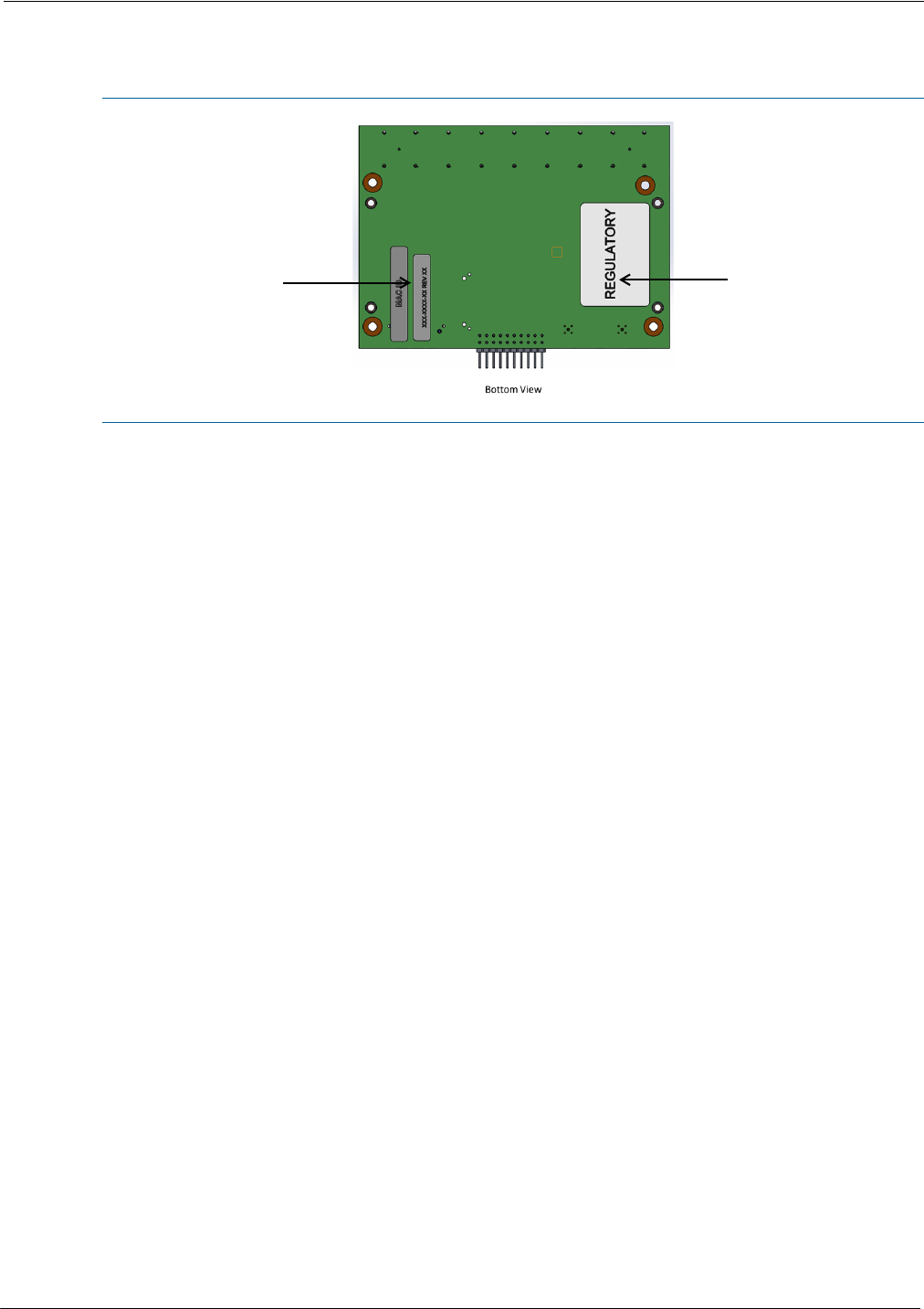
Network Relay Point (NRP) NIC 540 Labeling Product Requirements 17 December 2015 Silver Spring Networks 9
Network Relay Point (NRP) NIC 540 Labeling Product Requirements 2 About the Silver Spring Networks Network Relay Point (NRP) NIC
DRAFT
Figure 4 shows the placement of the labels.
Figure 4. Label locations on the Silver Spring NRP NIC
Catalog number
Model number
FCC ID IC
Certification
Silver Spring
MAC address
and part number

Network Relay Point (NRP) NIC 540 Labeling Product Requirements 17 December 2015 Silver Spring Networks 3
Network Relay Point (NRP) NIC 540 Labeling Product Requirements 2 FCC and Industry Canada Government Guidelines
DRAFT
2FCC and Industry Canada Government
Guidelines
Silver Spring Networks NRP NIC
FCC ID: OWS-NIC541
IC: 5975A-NIC541
Requirements
The Silver Spring Network Relay Point (NRP) network interface card (NIC) is REQUIRED to
be professionally installed by a properly trained technician. Improper installation could void
the user’s authority to operate the equipment.
This device complies with Part 15 of the FCC Rules and Industry Canada licence-exempt RSS
standard(s). Operation is subject to the following two conditions:
1. This device may not cause harmful interference, and
2. This device must accept any interference received, including interference that may cause
undesired operation.
The antenna of this transmitter must not be co-located or operating in conjunction with any
other antenna or transmitter.
The device should be installed so that people will not come within the specified distance of
the antenna as listed below.
US installations: The device should be installed so that people will not come within 23
cm (9 in.) of the antenna.
Canada installations (IC): The device should be installed so that people will not come
within 34 cm (13.4 in.) of the antenna.
Changes or modifications not expressly approved by the party responsible for compliance
could void the user’s authority to operate the equipment.
This equipment has been tested and found to comply with Part 15 of the FCC Rules. This
equipment generates, uses, and can radiate radio frequency energy, and if not installed and
used in accordance with the instructions, may cause harmful interference to radio
communications. However, there is no guarantee that interference will not occur in a
particular installation. If this equipment does cause harmful interference to radio or
television reception (which can be determined by turning the equipment off and on), the user
is encouraged to try to correct the interference by one or more of the following measures:
•Reorient or relocate the receiving antenna.

Network Relay Point (NRP) NIC 540 Labeling Product Requirements 17 December 2015 Silver Spring Networks 4
Network Relay Point (NRP) NIC 540 Labeling Product Requirements 2 FCC and Industry Canada Government Guidelines
DRAFT
•Increase the separation between the equipment and receiver.
•Connect the equipment into an outlet on a circuit different from that to which the receiver
is connected.
•Consult the dealer or an experienced radio/TV technician for help.
Exigences d'Industrie Canada
La carte d’interface réseau (NIC) Silver Spring Network Relay Point (NRP) DOIT être
installée par un technicien ayant reçu une formation adéquate. Une installation incorrecte
peut annuler l’autorisation de l’utilisateur à se servir de l’équipement.
Le présent appareil est conforme aux CNR d’Industrie Canada applicables aux appareils
radio exempts de licence. L’exploitation est autorisée aux deux conditions suivantes:
(1) l’appareil ne doit pas produire de brouillage, et
(2) l’utilisateur de l’appareil doit accepter tout brouillage radioélectrique subi, même si le
brouillage est susceptible d’en compromettre le fonctionnement.
L’antenne de cet émetteur ne doit pas se trouver à proximité de ou fonctionner en association
avec une autre antenne ou un autre émetteur.
Lʹappareil doit être installé de telle sorte que les gens ne viendront pas au sein de 34 cm (13.4
in.) De lʹantenne
Les changements ou modifications apportés sans l’approbation expresse de l’autorité
responsable de la conformité pourront entraîner l’annulation de l’autorisation d’utilisation
de cet équipement.
FCC and Industry Canada Guidelines for Devices Containing a
Transmitter Module
The following is an extract from FCC PART 15 UNLICENSED MODULAR TRANSMITTER
APPROVAL, DA 00-1407, Released: June 26, 2000, Section 6 describing labeling requirements
for devices containing a modular transmitter.
Section 6. The modular transmitter must be labeled with its own FCC ID number, and, if
the FCC ID is not visible when the module is installed inside another device, then the
outside of the device into which the module is installed must also display a label
referring to the enclosed module. This exterior label can use wording such as the
following: “Contains Transmitter Module FCC ID: XYZMODEL1” or “Contains FCC ID:
XYZMODEL1.” Any similar wording that expresses the same meaning may be used. The
Grantee may either provide such a label, an example of which must be included in the
application for equipment authorization, or, must provide adequate instructions along
with the module which explain this requirement.
In the latter case, a copy of these instructions must be included in the application for
equipment authorization.
The following is an extract from RSS-GEN, General Requirements and Information for the
Certification of Radio Apparatus, Section 3.2.1, describing labeling requirements for a host
device integrating a radio module.
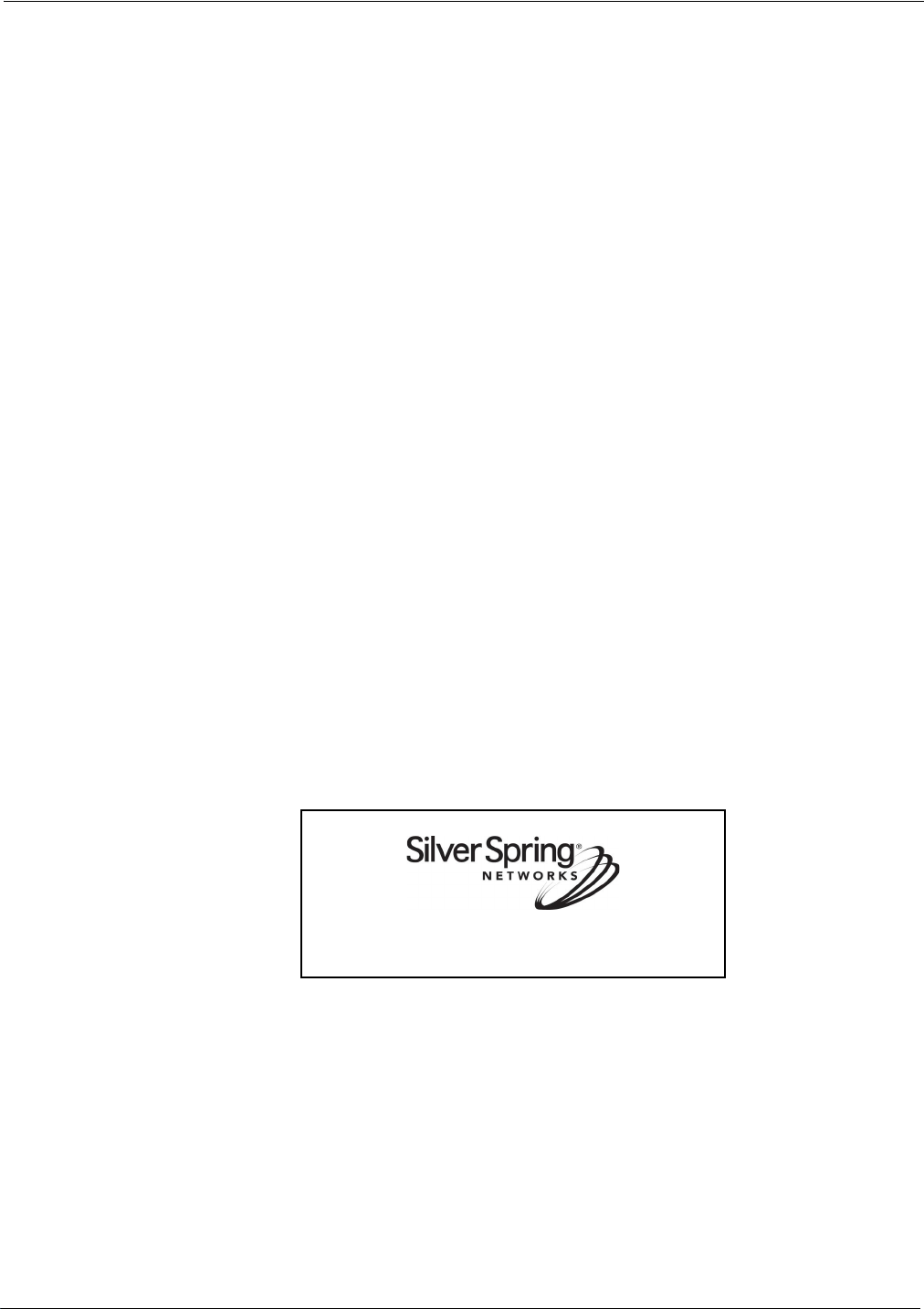
Network Relay Point (NRP) NIC 540 Labeling Product Requirements 17 December 2015 Silver Spring Networks 5
Network Relay Point (NRP) NIC 540 Labeling Product Requirements 2 FCC and Industry Canada Government Guidelines
DRAFT
The host device shall be properly labelled to identify the modules within the host device.
The Industry Canada certification label of a module shall be clearly visible at all times when
installed in the host device, otherwise the host device must be labelled to display the
Industry Canada certification number of the module, preceded by the words “Contains
transmitter module”, or the word “Contains”, or similar wording expressing the same
meaning, as follows:
Contains transmitter module IC: XXXXXX-YYYYYYYYYYY
where XXXXXX-YYYYYYYYYYY is the moduleʹs certification number.
L’extrait suivant provient du Cahier des charges sur les normes radioélectriques (CNR);
exigences générales et information relatives à la certification des appareils radio, section
3.2.1, et décrit les exigences en matière d’étiquetage pour un dispositif hôte intégrant un
module radio.
Le dispositif hôte doit être correctement étiqueté afin d’identifier les modules qu’il
comprend.
L’étiquette de certification Industrie Canada d’un module doit toujours être bien visible lors
de l’installation sur un dispositif hôte. Dans le cas contraire, le dispositif hôte doit être
étiqueté de façon à afficher le numéro de certification Industrie Canada du module, précédé
de l’expression « Contains transmitter module » ou du mot « Contains », ou d’une
formulation similaire ayant la même signification. Par exemple :
Contains transmitter module IC : XXXXXX-YYYYYYYYYYY
où XXXXXX-YYYYYYYYYYY représente le numéro de certification du module.
The applicant for equipment certification of the module shall provide with each unit of the
module either a label such as described above, or an explanation and instructions to the user
as to the host device labelling requirements.
NIC 540 External Antenna Integration
This radio transmitter 5975A-NIC541 has been approved by Industry Canada to operate with
the antenna types listed below with the maximum permissible gain and required antenna
impedance for each antenna type indicated. Antenna types not included in this list, having a
gain greater than the maximum gain indicated for that type, are strictly prohibited for use
with this device.
•Omnidirectional antennas: 6 dBi at 900 MHz, 6 dBi at 2.4 GHz
Figure 1. Sample FCC ID label for devices containing a NRP (NIC540)
Contains FCC ID: OWS-NIC541 IC: 5975A-NIC541

Network Relay Point (NRP) NIC 540 Labeling Product Requirements 17 December 2015 Silver Spring Networks 6
Network Relay Point (NRP) NIC 540 Labeling Product Requirements 2 FCC and Industry Canada Government Guidelines
DRAFT
Le présent émetteur radio 5975A-NIC541 (identifier le dispositif par son numéro de
certification ou son numéro de modèle s’il fait partie du matériel de catégorie I) a été
approuvé par Industrie Canada pour fonctionner avec les types d’antenne énumérés ci-
dessous et ayant un gain admissible maximal et l’impédance requise pour chaque type
d’antenne. Les types d’antenne non inclus dans cette liste, ou dont le gain est supérieur au
gain maximal indiqué, sont strictement interdits pour l’exploitation de l’émetteur.
•Antennes omnidirectionnelles: 6 dBi à 900 MHz, 6 dBi à 2.4 GHz
Under Industry Canada regulations, this radio transmitter may only operate using an
antenna of a type and maximum (or lesser) gain approved for the transmitter by Industry
Canada. To reduce potential radio interference to other users, the antenna type and its gain
should be so chosen that the equivalent isotropically radiated power (e.i.r.p.) is not more
than that necessary for successful communication.
Conformément à la réglementation d’Industrie Canada, le présent émetteur radio peut
fonctionner avec une antenne d’un type et d’un gain maximal (ou inférieur) approuvé pour
l’émetteur par Industrie Canada. Dans le but de réduire les risques de brouillage
radioélectrique à l’intention des autres utilisateurs, il faut choisir le type d’antenne et son
gain de sorte que la puissance isotrope rayonnée équivalente (p.i.r.e.) ne dépasse pas
l’intensité nécessaire à l’établissement d’une communication satisfaisante.
Safety Information
Careful planning of every job is essential. Nothing should be taken for granted. Do not take
chances!
•Read and follow all approved policies and procedures provided by your employer
associated with the procedures in this manual.
•The procedures in this manual must only be performed by qualified workers in
accordance with local utility safety practices, utility requirements, and applicable OSHA
and NFPA standards.
•The information contained in this document is intended to aid qualified personnel, and is
not a replacement for the proper training required to make a person qualified.
•Silver Spring Networks assumes no liability for the customerʹs failure to follow these
safety guidelines.
General Electrical Safety
•Perform the procedures in this manual in accordance with applicable workplace
standards established by the following agencies:
— Occupational Safety and Health Act (OSHA).
XX
X
WARNING: Severe shock and explosion hazard! Touching energized parts can result in massive
equipment damage, and severe injury or death. Short-circuiting energized parts will result in blinding
flash and explosion. Opening and closing electrical circuits can also produce dangerous and explosive
arc flashes. Involuntary muscular reactions associated with electrical shock may result in other
injuries. Observe the following safety guidelines.

Network Relay Point (NRP) NIC 540 Labeling Product Requirements 17 December 2015 Silver Spring Networks 7
Network Relay Point (NRP) NIC 540 Labeling Product Requirements 2 FCC and Industry Canada Government Guidelines
DRAFT
— The National Electrical Code published by the National Fire Protection Association
(NFPA-70).
— National Electrical Manufacturers Association (NEMA).
— Electronics Industries Association (EIA).
— Insulated Power Cable Engineers Association (IPCEA).
•American National Standards Institute (ANSI). Whenever possible, de-energize all
circuits or equipment before working on them.
•Maintain a minimum clearance of 10 feet (3 meters) between line potential and all
unqualified persons at all times.
•Keep unauthorized people out of the work area. Be especially cautious of children, who
tend to be drawn to work activity.
•Determining if a circuit is OFF can be difficult in some instances. Check for circuit voltage
with an appropriate voltmeter before working on equipment presumed to have been de-
energized. Tiebreakers, double throw disconnect switches, automatic transfer switches
and emergency generators can supply power through an alternate circuit or from another
source.
•120V current can be just a lethal as higher voltages because current flow through a body
depends upon the bodyʹs resistance.
•Do not trust insulation and/or weatherproofing on a wire as protection from shock.
•Use electrically insulated tools. Inspect portable electrical equipment or tools for defects
and remove any defective devices from service immediately. All portable electrical
equipment must have Ground Fault Circuit Interrupter (GFCI) protection.
•Select the right tool for the job. Use tools properly. Keep tools in good working order.
•Make sure the work area is free of any flammable material. Flammable vapors can be
ignited by an arc flash.
•Keep the work area clean and dry. Cluttered work areas cause accidents and injuries.
•Provide good lighting in the work area. You cannot work safely if you cannot see what
you are doing.
•Report unsafe conditions or defective equipment to your immediate supervisor.
•Handle material carefully. Lift and carry properly.
